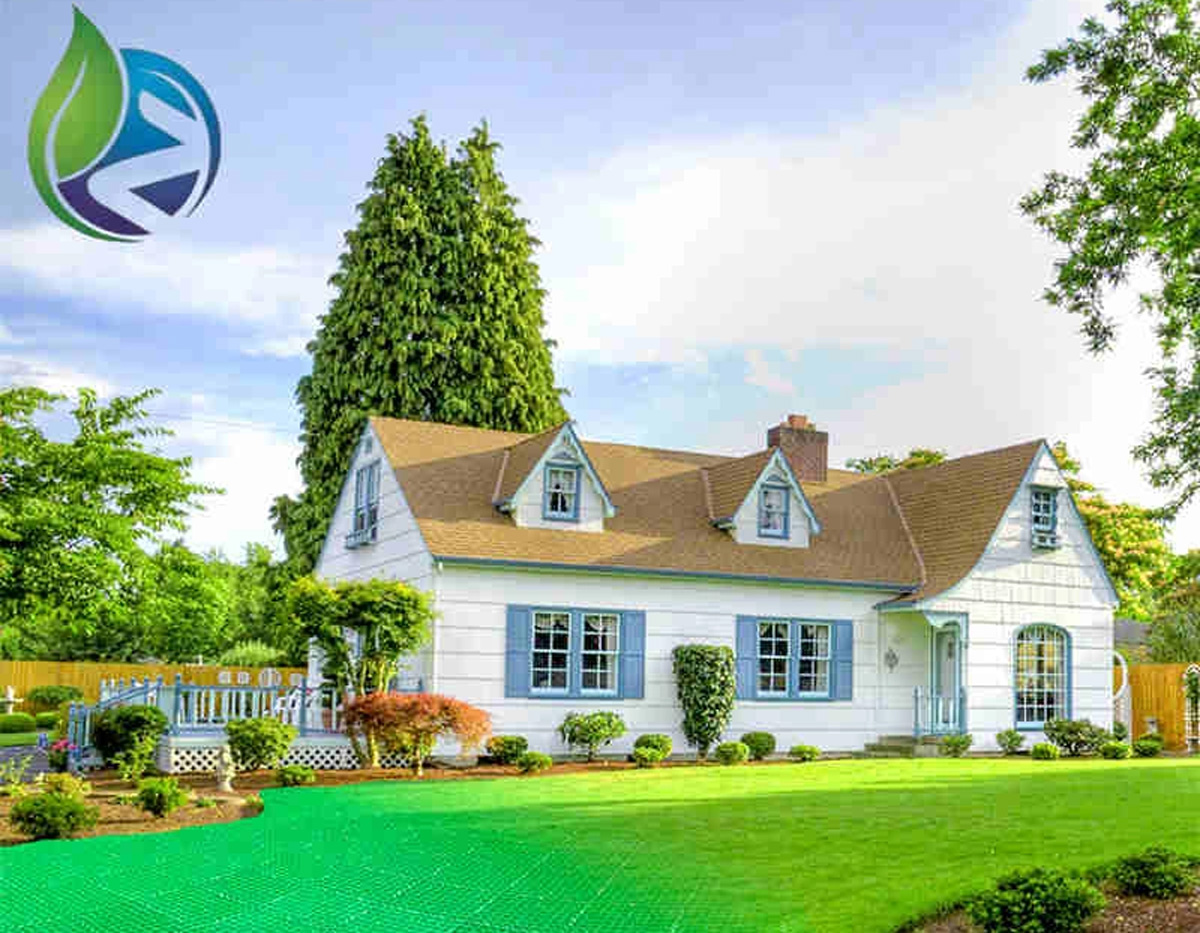Are Plastic Pavers Any Good? Everything You Need to Know
Are Plastic Pavers Any Good? Everything You Need to Know
As sustainability continues to shape modern construction and landscaping, plastic pavers are emerging as an innovative alternative to traditional materials such as concrete or brick. However, many B2B buyers still wonder: Are plastic pavers any good? This article explores their advantages, limitations, manufacturing process, and global market outlook — helping importers, distributors, and contractors make informed purchasing decisions.
The Rise of Plastic Pavers in Modern Construction
In recent years, the global demand for eco-friendly paving solutions has increased significantly. According to recent market analyses, the recycled plastic materials sector is projected to grow at over 6% CAGR between 2025 and 2030. As industries prioritize sustainability and lightweight construction, plastic pavers have become a viable option in both residential and commercial projects.
Unlike traditional concrete or stone pavers, plastic pavers are typically made from 100% recycled high-density polyethylene (HDPE), polypropylene, or other polymer blends. This not only reduces landfill waste but also provides a cost-effective solution with excellent strength-to-weight ratio.
Advantages of Plastic Pavers
1. Environmental Benefits
Plastic pavers are manufactured from recycled materials, making them one of the most sustainable choices in modern paving. Each square meter of plastic paving can divert several kilograms of waste from oceans and landfills. Furthermore, they are fully recyclable at the end of their life cycle, supporting a closed-loop production system.
2. Lightweight and Easy to Install
Unlike concrete blocks, which require heavy lifting and specialized machinery, plastic pavers are lightweight, reducing shipping costs and labor requirements. They can be installed with simple interlocking systems, saving up to 50% in installation time.
3. Durability and Weather Resistance
High-quality plastic pavers are engineered to withstand extreme temperatures, UV radiation, and moisture. They resist cracking, fading, and erosion—issues that commonly affect concrete or asphalt surfaces. This makes them particularly suitable for parking lots, driveways, and outdoor walkways in both hot and cold climates.
4. Permeability and Drainage
Many permeable plastic pavers allow rainwater to flow through, preventing flooding and supporting groundwater recharge. They are often used in eco-friendly parking solutions, green driveways, and erosion control systems.
Limitations and Considerations
While plastic pavers offer multiple advantages, they also have some limitations that buyers should evaluate before bulk purchasing:
Load-bearing capacity: Although suitable for cars and light trucks, heavy industrial vehicles may require reinforced versions or alternative materials.
Aesthetic limitations: Plastic pavers may not offer the same natural appearance as stone or brick, though advanced molding and pigmentation have improved visual appeal.
Cost variance: Initial pricing may be higher than conventional pavers, but lower installation and maintenance costs can balance total project expenditure.
Manufacturing Process and Quality Control
Plastic pavers are typically produced through injection molding or compression molding, depending on design and material type. The process includes:
Material Collection: Recycled HDPE or PP waste is cleaned, shredded, and melted.
Molding: The molten plastic is injected into pre-designed molds to achieve desired shapes and interlock systems.
Cooling and Finishing: The formed pavers are cooled, inspected, and sometimes UV-stabilized or color-coated.
Quality control ensures that each unit meets international standards for compressive strength, flexural durability, and water permeability.
Market Outlook and Application Trends
1. Growing Demand in Green Construction
Global government policies encouraging low-carbon infrastructure and LEED-certified building projects are driving demand for plastic pavers. They are increasingly adopted in smart cities, landscape architecture, and modular outdoor flooring.
2. Popular Applications
Plastic pavers are now used in:
Parking lots and driveways
Walkways, patios, and garden paths
Erosion control for slopes and embankments
Rooftop greening and sports grounds
Their modular structure and low maintenance make them a top choice for large-scale infrastructure and landscaping projects.
FAQs About Plastic Pavers
1. Are plastic pavers strong enough for vehicles?
Yes. High-density plastic pavers designed for driveways and parking areas can withstand loads of up to 100 tons per square meter, making them suitable for cars and light trucks.
2. How long do plastic pavers last?
With proper installation and maintenance, plastic pavers can last 20–25 years. Their UV-resistant composition prevents brittleness and cracking over time.
3. Can plastic pavers be used in cold or hot climates?
Absolutely. They maintain flexibility under temperature variations from -40°C to +60°C, ensuring stable performance in extreme weather conditions.
4. Are they more expensive than concrete pavers?
The upfront cost can be slightly higher, but savings in transportation, labor, and maintenance often make them more economical over the product’s lifespan.
Why Choose Plastic Pavers for Your Next Project
Plastic pavers represent a modern, eco-conscious, and cost-efficient paving solution for international buyers seeking innovation in outdoor construction. They combine sustainability with structural integrity, making them an excellent choice for projects prioritizing environmental impact reduction and long-term value.
Whether you are a distributor, importer, or contractor, sourcing high-quality plastic pavers can enhance your project portfolio and align with future sustainability goals.
Call to Action
We supply a full range of durable, eco-friendly plastic pavers suitable for diverse commercial and industrial applications. Contact our engineering team today for technical specifications, samples, or bulk order quotations — and join the global movement toward sustainable construction.





